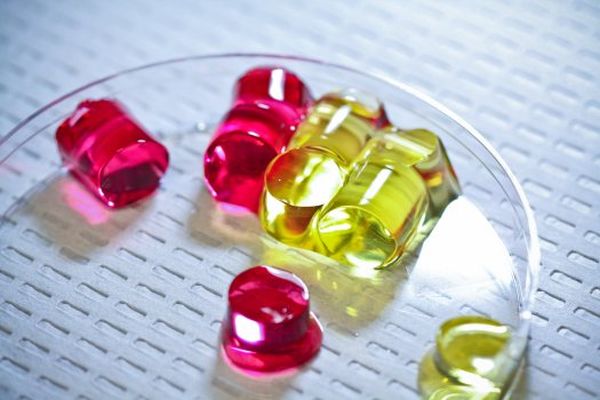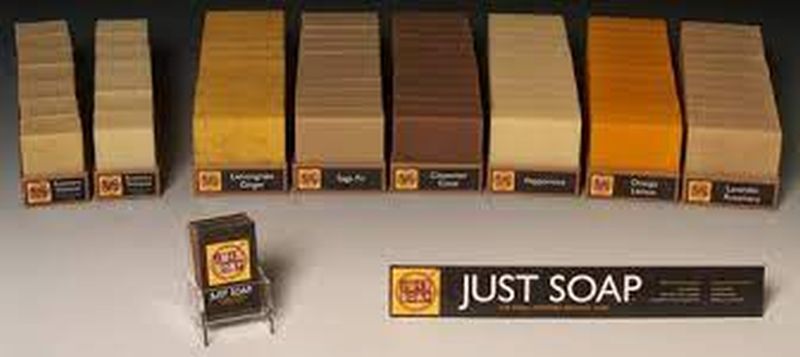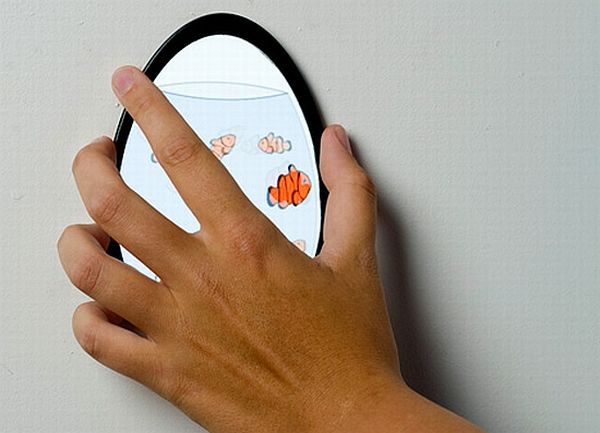Regeneration allows an object or being to be able to sustain damages without any lethal consequences. For years, people have been trying to find out the secrets to successful regeneration with no success. But the future suddenly looks bright with bio engineers at San Diego’s University of California claiming to have developed a hydrogel that that can self-heal.

Hydrogels have a high content of water that makes them ideal for acting as replacements to natural tissues. But prior to the University of California’s invention, they couldn’t be repaired upon sustaining cuts or tears. Now, this breakthrough may just pave the way for more uses of hydrogel. The team at UCSD found that hydrogels could be made to heal themselves if the polymer chains are able to latch onto each other in the event of a tear. Using this theory, they began working to make it a reality by using what they term ‘dangling side chain’ molecules. The molecules act as a lifeline for broken chains by giving them something to hold on to.
Computer simulations found that these dangling side chains had a greater chance of helping the polymers heal if they’re of the right length. The bioengineers also found that the strength of the chain after a hydrogel heals can be heightened depending on the pH levels of a solution. For example, low pH levels enable the hydrogels to fuse better while higher levels weaken the bond. This means that the gels should be able to work better in acidic environments like operating on a person’s stomach or creating protective linings for containers that hold acidic solutions.
The bioengineers aren’t done with their mission, however; their next task is to create hydrogels that can fuse and separate under different pH levels. If successful, we should soon see a world with self-healing plastic and other products that will last longer.
Via: Popsci




